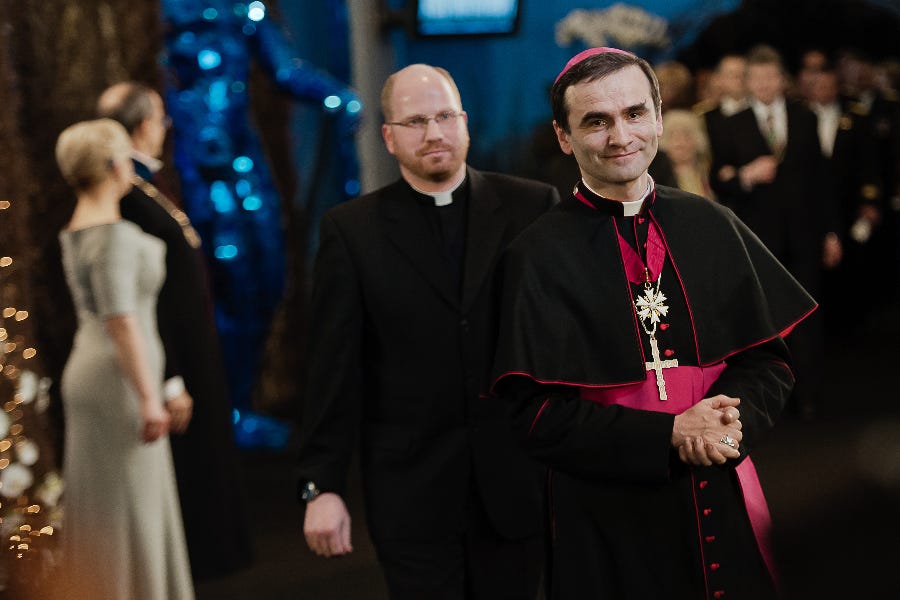Why Catholicism is growing in Estonia
Estonia now has its first formal diocese - so what's going so right?
Catholics in Estonia arrived at a major milestone Thursday, when the Vatican announced the creation of the new Diocese of Tallinn.

The diocese replaces the Apostolic Administration of Estonia, which was…
